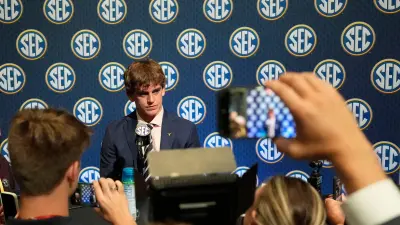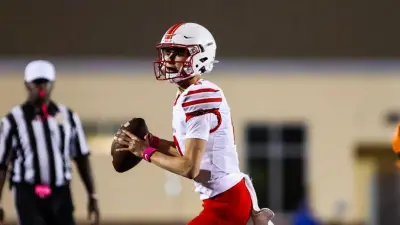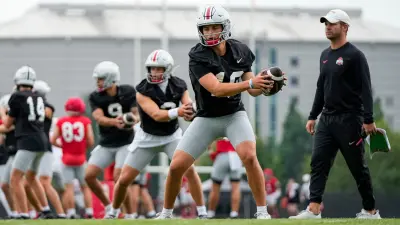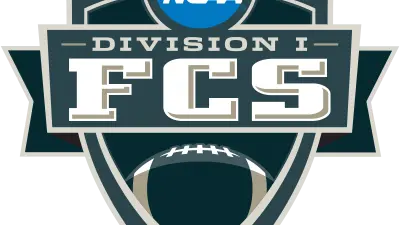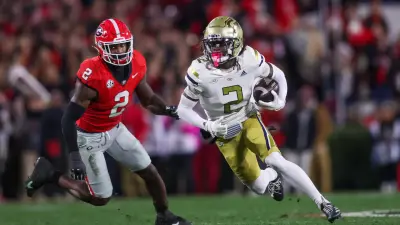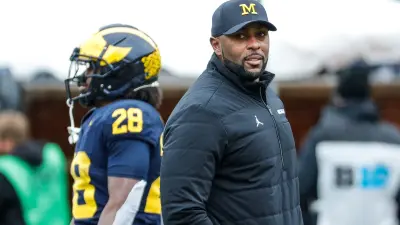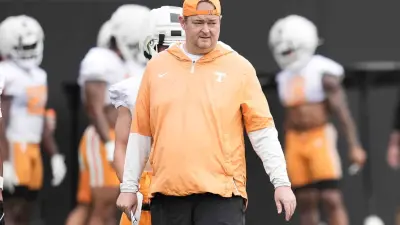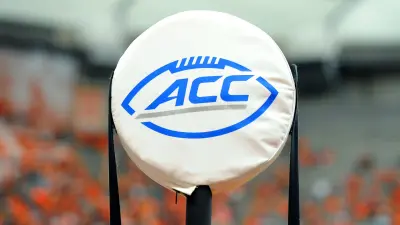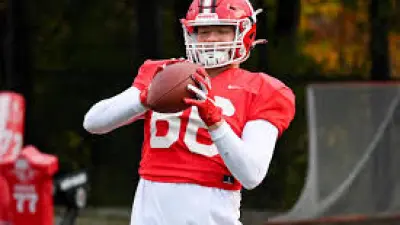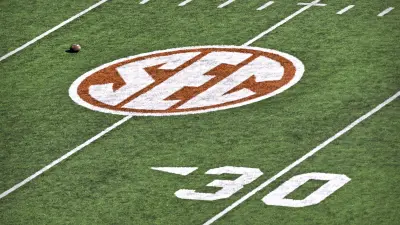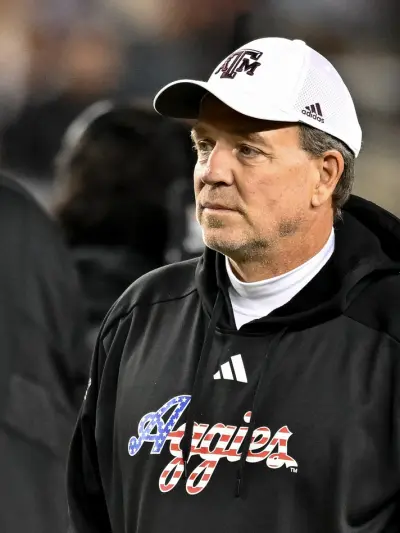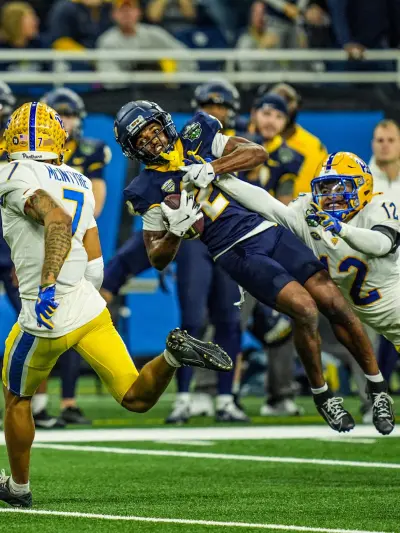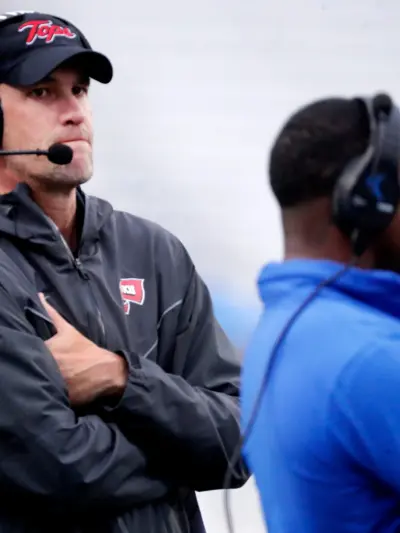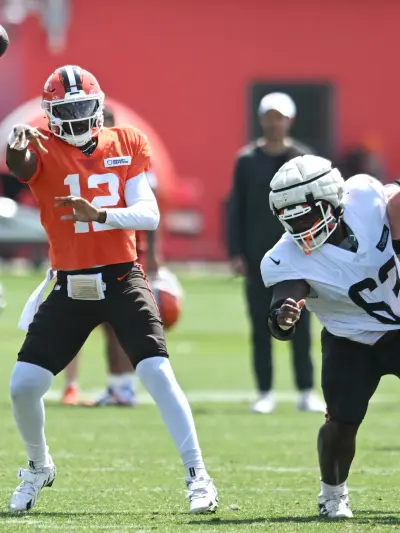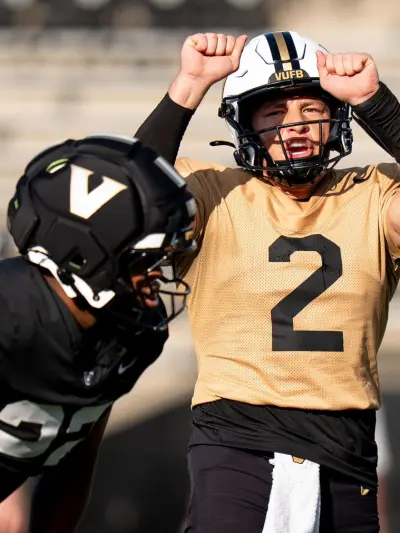For all intents and purposes, the Pac-12 is dead with the news of Oregon and Washington’s intent to join the Big Ten Conference.
There are many factors that led to this decision and none were taken lightly.
Here are five key takeaways from this major news:
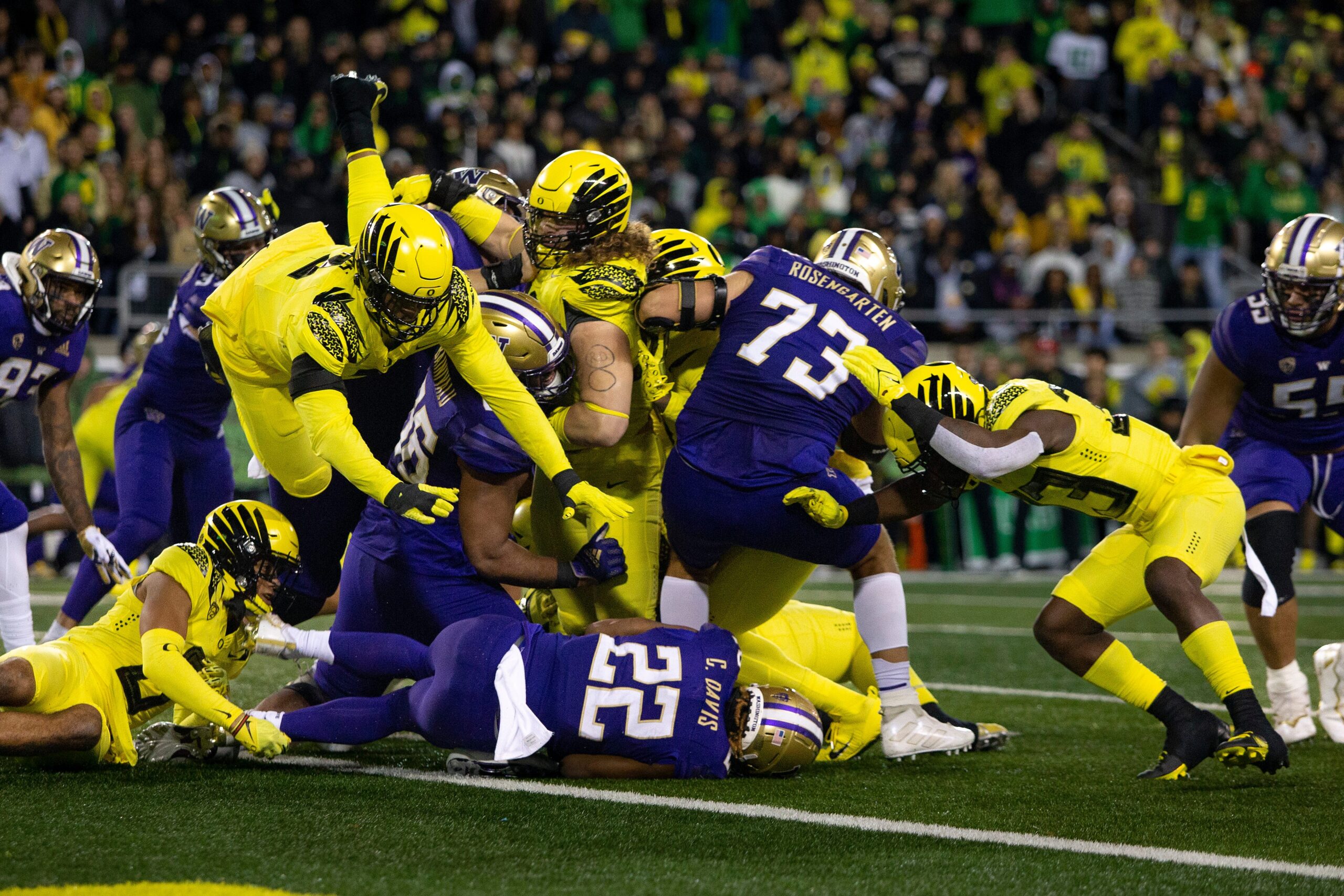
#1 Oregon and Washington gain security
Both programs had to weigh the ramifications of their decision and neither was a clean one.
Even if they stayed and were able to influence the Pac-12 to stay and obtain key expansion targets, they would still be financially behind the rest of the Power 5 in the finance department.
There was no catching the SEC and Big Ten in annual revenue, but when you looked at the compounding effect of being close to $10 million a year behind the Big XII, it became too hard to ignore or swallow.
More Sports News
Even as a 50% Big Ten member for the initial go, the money is $30 million per season plus a $1 million increment each year until the current contract expires in 2029-30. That would earn them more money than in the Pac-12.
The AppleTV proposal would not keep them competitive revenue-wise in the current landscape compared to even the lower Big XII and ACC payouts.
Even with the College Football Playoff expansion, you have to assume the Big Ten and SEC will command at least half of those spots annually. With six spots left, you could see a Notre Dame consume a spot, the Group of 5 consume a spot, and with four spots left the Pac-12 would get a spot but for programs like Utah, Oregon, and Washington that raises a margin of error where potentially a really good one or two loss team wouldn’t make it. Being a part of the Big Ten controls their football destinies, if they win they are in.
The other aspect that is getting lost in the football mayhem is the impact on the other sports. For Oregon and Washington, their proud athletic programs are secure and their athletes will get to compete in one of the best conferences from top to bottom, although with much more travel to games.
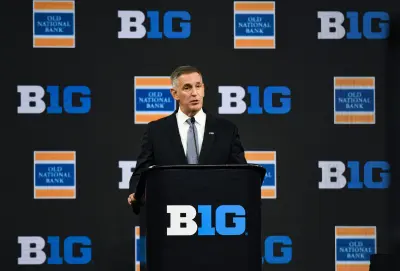
#2 Big Ten locks down the Pacific Coast
Many industry insiders have explained the strategy in the conference expansion is gaining new territories and states for linear media network deals.
The reason the Big Ten’s number was so great was the addition of California, especially the Los Angeles market, coupled with their occupation of the key cities in the “BosWash” megalopolis (Boston, NYC, Philadelphia, Baltimore, and Washington DC), networks were willing to pay.
Now that the Big Ten adds Oregon and Washington, they completely occupy the Pacific Rim and while the Big XII may have interest in the remaining Pac-12 refugees, there isn’t a threat from the SEC to go west and poach anything in that territory, or a brand big enough to make a difference.
CBS, Fox, and NBC just added two prime assets to their inventory, giving those networks more opportunities to put on high-profile games and potentially creating a “Big Ten After Dark.” slot.
Conversely, if they add “Big Ten After Dark,” who will be the subjects for those games? Illinois? Rutgers? Maryland? Iowa? The travel will become extremely difficult to manage. The conference now spreads coast to coast from Seattle to New Jersey with challenging scheduling in between.
The Big Ten, at its leisure, can now sit and wait and see how things shake out for Florida State and the rest of the ACC and lock up the teams it wants first versus getting to 20 or 22 right now.
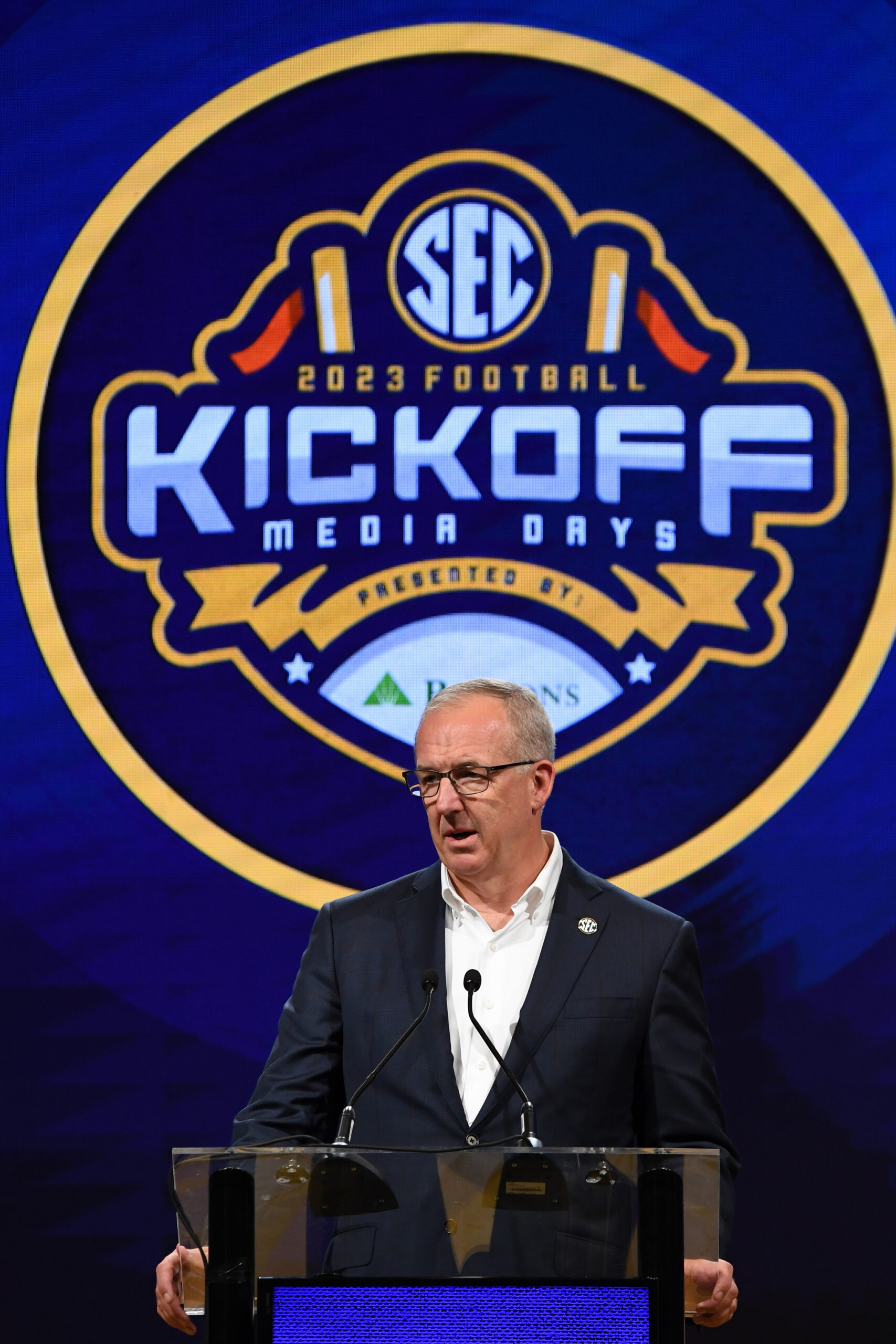
#3 SEC’s next move?
The difference in the dynamic between Kevin Warren and Tony Petitti is how they approach Greg Sankey and the SEC.
Warren, according to Paul Finebaum on The Dan Patrick Show, kept a lukewarm, cordial relationship with Sankey and rarely if ever reached out.
Petitti has kept an open line with Sankey, and while the two are fierce competitors, they are also the most powerful men in all of college sports.
The Big Ten’s vision seems to be a coast-to-coast conference; the SEC from which Sankey has said intends to keep it very regional.
Finebaum was one of many insiders who said the only two assets the SEC is looking to take on right now would be Notre Dame and North Carolina.
Sankey also said during SEC Media Days that the onboarding of two programs like Texas and Oklahoma is a massive undertaking.
Both assets that Finebaum alluded to would add new territory, but one that will be interesting to watch is Florida State.
“I don’t think it’s good for our league for them to be out there barking like that, I’d rather see them be a good member of the league, support the league and if they have to make a decision, then so be it. Pay for the exit fee, wait for your grant of rights that you’ve given and then in 2036, when those rights return to you, do whatever you want.”
Florida State fits perfectly within the SEC geographic footprint and their viewership will only help raise the league’s value.
The question is ESPN willing to help one of its partners in the SEC facilitate this at the expense of another one of its partners in the ACC?
I doubt ESPN wants to touch this, but if Florida State has negative feelings for ESPN due to their lack of support, this could turn into a big win for the Big Ten and FOX/NBC/CBS to land the Seminoles.
If the Seminoles break free, Clemson will certainly follow, but then it will be a bitter battle between the Big Ten, SEC, and even ACC to keep members like Duke, North Carolina, Virginia, and Virginia Tech because neither conference has those states in their portfolios and at other attractive assets like elite basketball programs.
The SEC will be a patient second-mover on this and, in the next few years will tell a lot about the conference’s next move, but the intent is very clear of what they want.
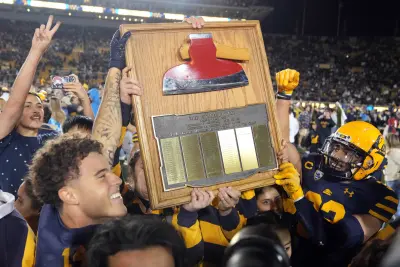
#4 Pac-12 Remaining Schools
The thing most won’t mention in their analysis of Oregon and Washington are the schools that are left in the Pac-12.
Arizona, Arizona State, and Utah have also left the conference for the Big 12, leaving only four teams. California, Oregon State, Stanford, and Washington State.
Stanford will most likely become an Independent and compete like Notre Dame. It is positioned well enough to do so and a program that is well regarded as the best athletic program. They have won 26 of 29 Directors’ Cups (given to the school with the most successful athletic department), and they can wait out an invite from the Big Ten if they want.
California is another fine university in an academic sense, but athletically it has a ton of debt and some tumultuous times financially. I worry about what is next for that program as well as Oregon State and Washington State.
The biggest crime is what’s being done to the athletes in these programs, who did nothing wrong, who are exceptional people, but who now have uncertain playing futures.
Are these schools willing to do what is necessary financially for these athletes to be able to compete for their schools? How will longer travel to road games affect them? We have no idea.
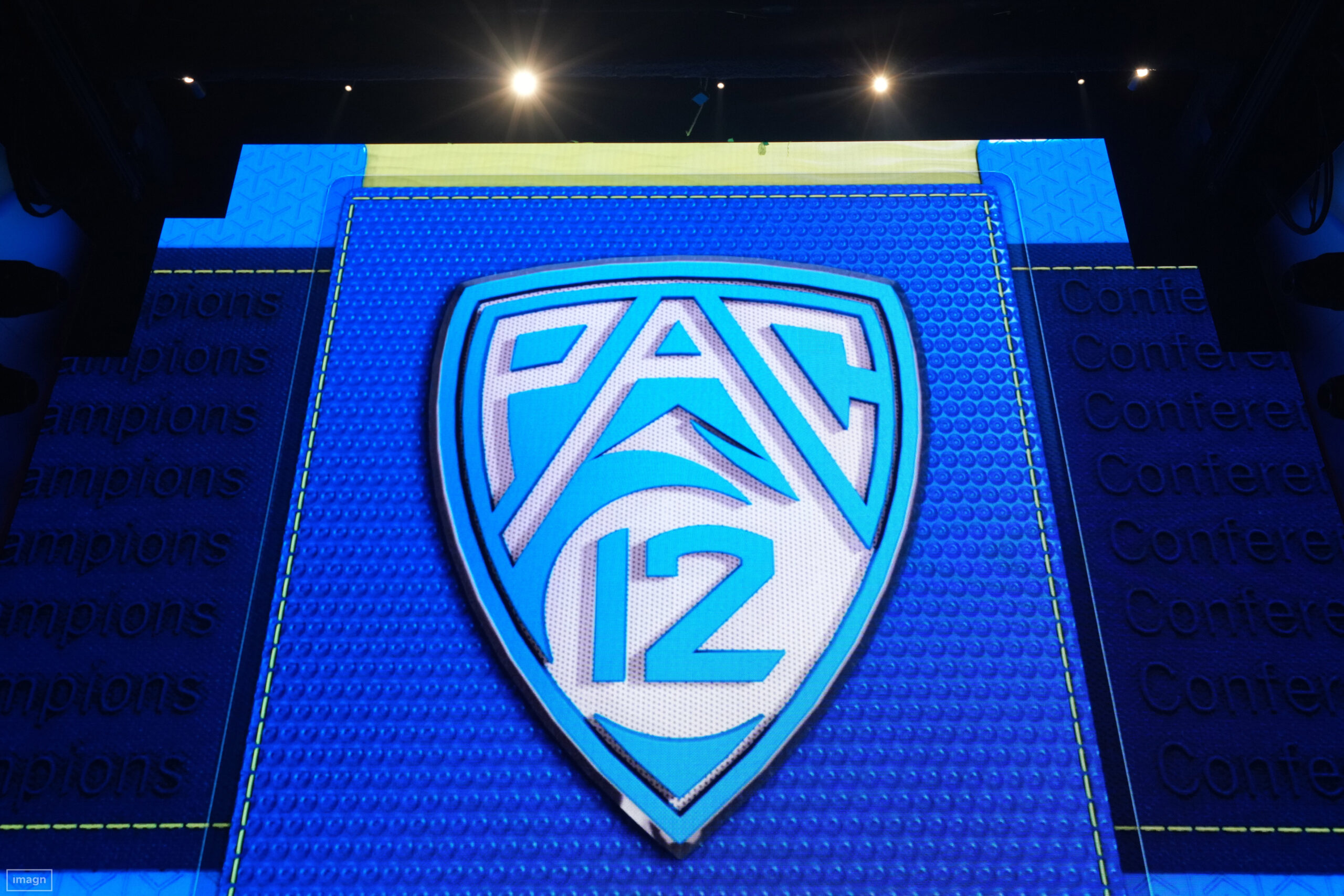
#5 A Requiem to the Pac-12
When Mike Aresco took over the Big East, he knew the basketball schools needed to stay together and be a basketball-focused league. He relinquished those schools and the Big East flourishes to this day. Aresco then helped form the American Athletic Conference and the schools that he found have flourished. They are arguably the most successful GO5 conference and have seen multiple teams get poached by the Big 12.
For the Pac-12, its death was unnecessary, and one that could have been avoided.
Larry Scott, instead of partnering with a media company to run the Pac-12 Network, wanted the conference to be its own media company which was a colossal failure. His inability to close the Pac-16 haunts the league, as well as many other applications to the league with schools and brands that would have kept the league prosperous.
Current commissioner George Kliavkoff will forever be known as the guy who let the Pac-12 die.
Kliavkoff himself had a Larry Scott moment himself when the Big XII came to them after Texas and Oklahoma left the conference to merge together.
While it is not known whether it was Kliavkoff or the Pac-12 schools who rejected the idea, the commissioner owns the rejection. The karma that followed was when Kliavkoff approached the Big XII after Southern Cal and UCLA left to see if that merger was still available. He was turned down during a short meeting with a stiff rejection.
The conference that legendary UCLA basketball player and commentator Bill Walton dubbed “The Conference of Champions” now will likely be a thing of the past.
When you think of the greatest moments in the history of college athletics, the greatest athletes, and teams, they are now no longer alive in the conference that made them the premier conference in all of college sports.
Its death is one that won’t be forgotten and something all influencers, administrators, coaches, and television executives have to learn from because this should have never happened and we won’t know the full ramifications of this for years to come.

